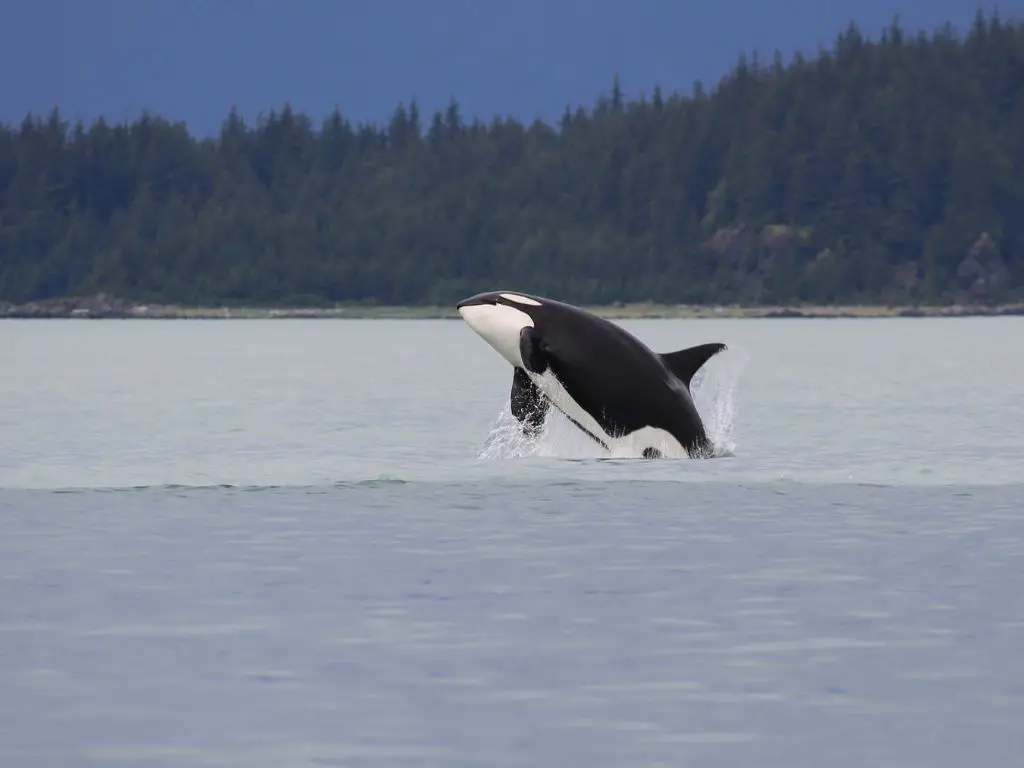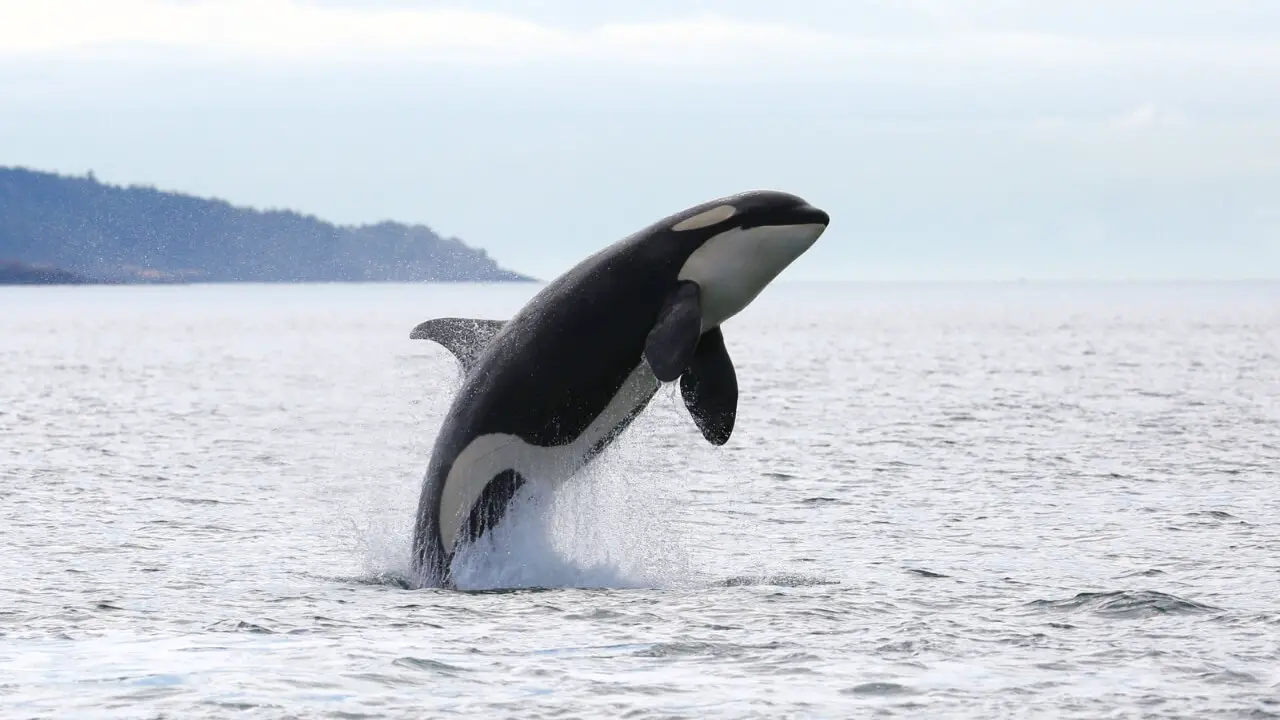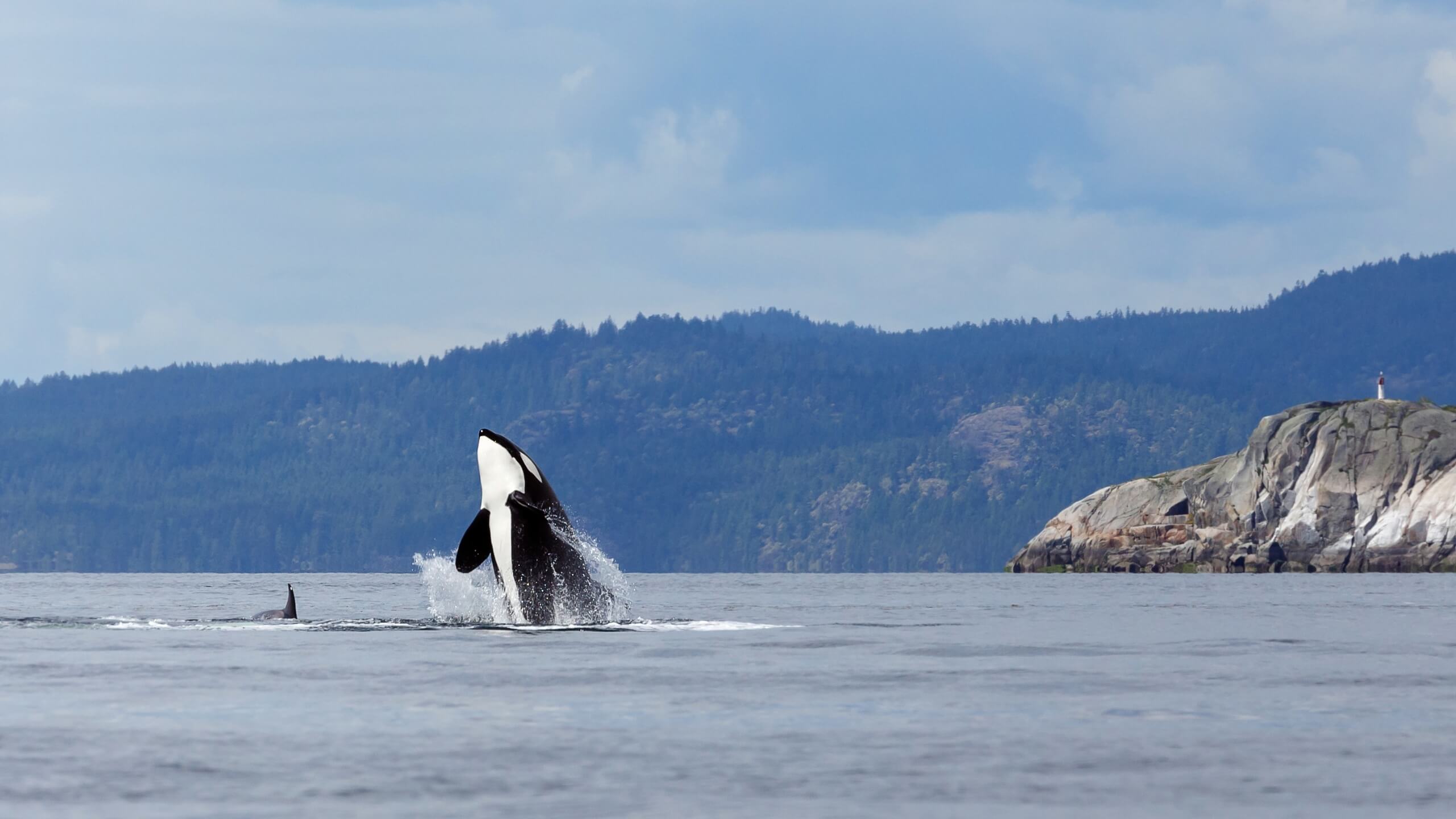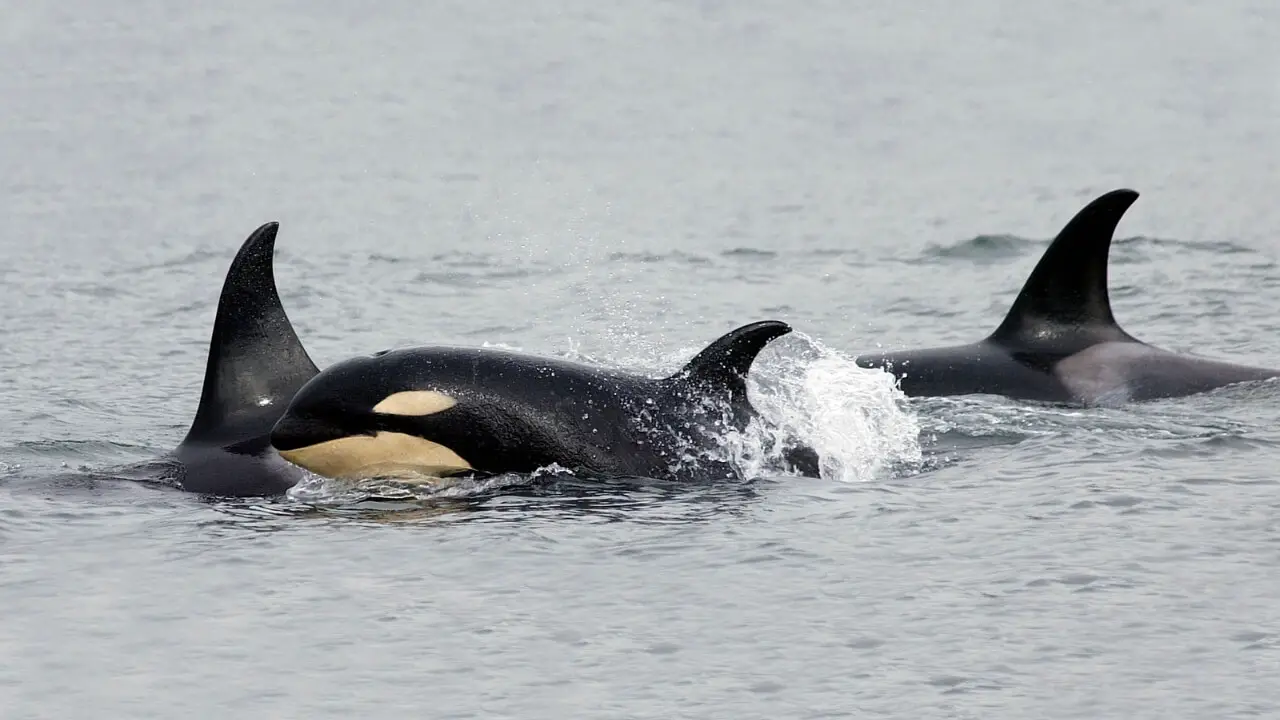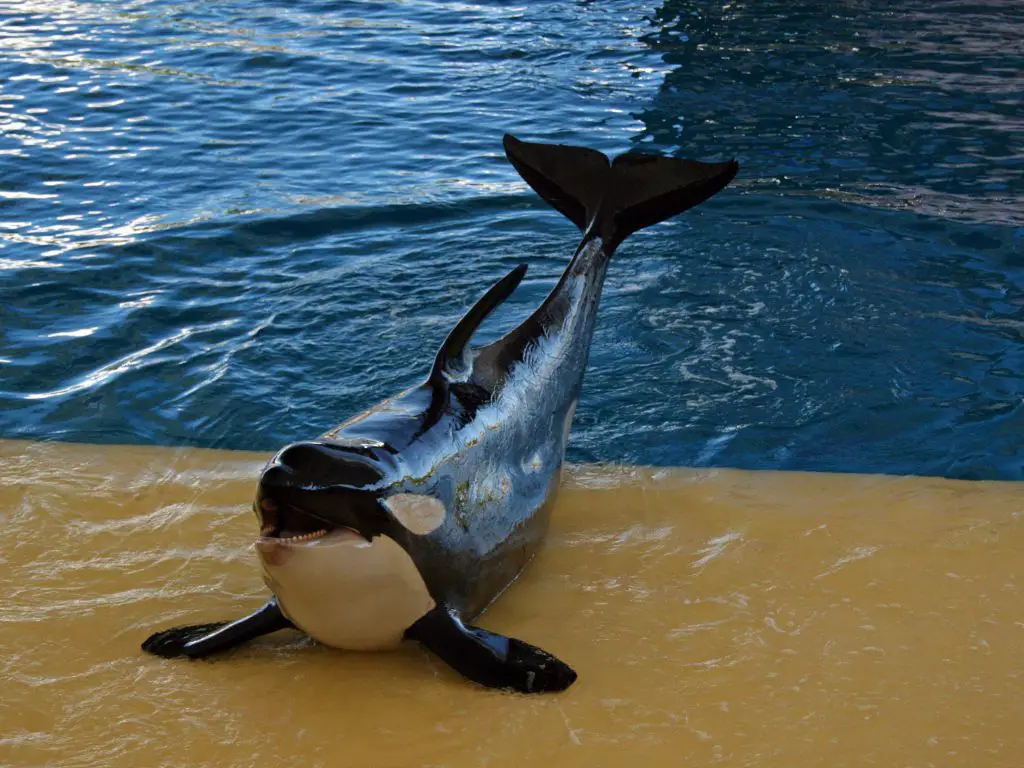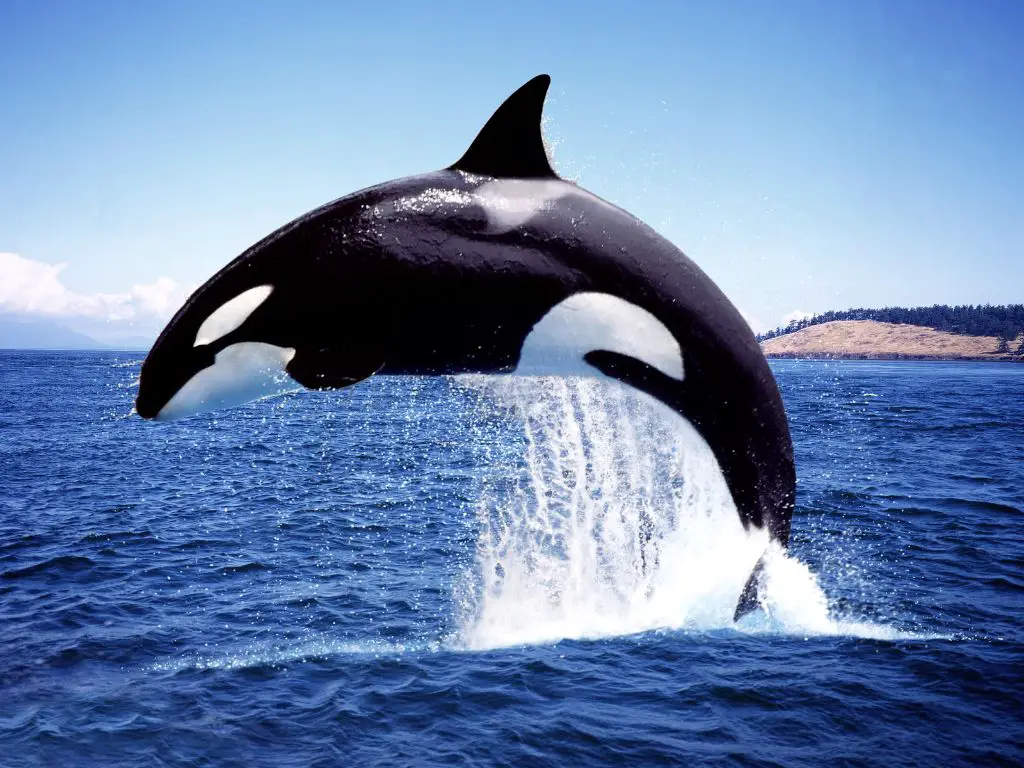Orcas are mainly known as the killer whales. They are the top predator of the oceans and are the largest member of the Delphinidae, or dolphins. This iconic species in the ocean is going extinct.
And the main reason behind their extinction is human-induced threats, including; pollution, overfishing, habitat loss, climate change and even captivity.
Why are Killer Whales going extinct?
Killer whales, or orcas, are facing a rapidly declining population due to human activities such as overfishing and the pollution of their habitats. These majestic creatures are also hunted for their meat and blubber in some parts of the world.
Vessel noise from ships can interfere with killer whale communication systems which can lead to displacement and further endangerment. All these factors contribute to why killer whales are going extinct at an alarming rate unless immediate action is taken by governments around the world to protect them from becoming extinct altogether.
What are the causes of killer whale extinction?
Following are 5 main causes of killer whales extinction:
Pollution:
Pollution caused by humans is one of the major reasons for killer whales’ extinction. Chemicals disposed of in the oceans are rapidly killing them.
Overfishing:
Overfishing by humans causes a decline in food sources for these majestic creatures.
Habitat loss:
Habitat loss is another major reason for their extinction because due to habitat loss, whales lack food sources and shelter.
Climate change:
Climate change is causing a serious rise in sea temperature, whereas orcas need sea ice for hunting, mating, and raising their young.
Captivity:
Removing wild whales from their natural habitat and keeping them away from their family group causes a serious decline in the population due to limited sources of genetic diversity.
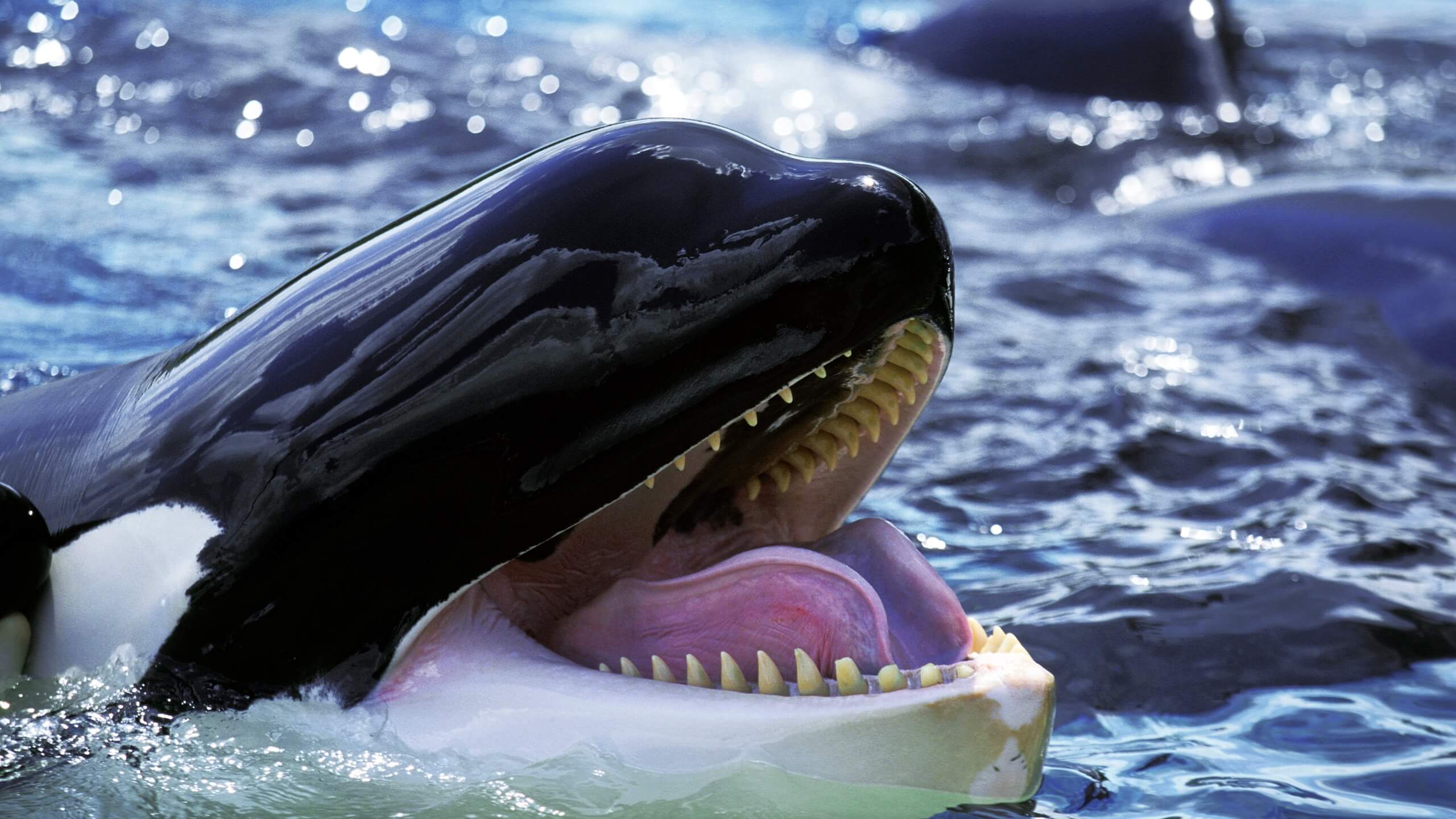
How are habitat loss and pollution affecting killer whale populations?
Habitat loss:
It causes serious issues like; lack of food availability, disruption of migratory routes and noise pollution. Habitat loss also leads to disturbance in the ecosystem and destroys seagrass beds and coral reefs which are a very important source of food for orcas.
Moreover, human activities such as construction cause disruption of their migratory routes and noise pollution caused by shipping or construction leads to disturbance in their communication and navigation abilities.
Also Read: What are the predators of killer whales?
Pollution:
It introduces marine animals like orcas to contaminant accumulation, water pollution and disruption of prey species. Human disposal of toxins into marine ecosystems causes bioaccumulation in the tissues of these organisms, leading them to reproductive issues and reduced survival rates.
Moreover, chemical discharge and plastic waste directly approach the habitats of orcas leading to a lack of suitable clean water for breeding. Disruption of prey species is directly connected to the loss of orca food because no fish means no food for killer whales.
What impact is overfishing having on the prey available to killer whales?
Overfishing is causing a reduction of prey population, disrupting food webs, and even change in prey composition for orcas. The reduction of prey is directly connected to the reduction of food sources for killer whales, leading them to lack their energy requirements.
Since prey species are very important for marine food webs and disruption of food webs caused by overfishing leads to disturbance in predator-prey relationships. Directly causing orcas to change their foraging strategies.
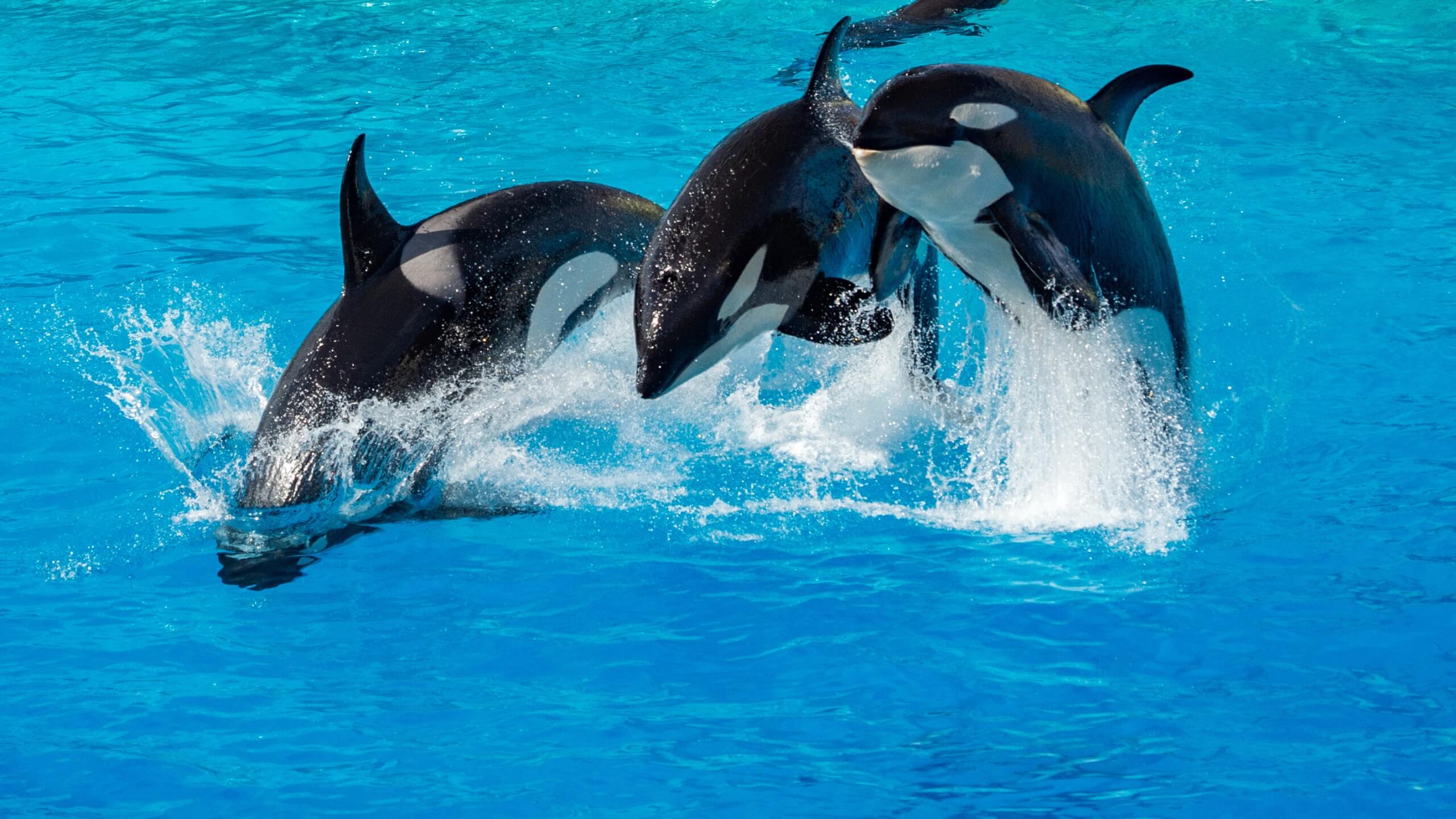
How are climate change and ocean acidification affecting killer whale health?
Climate change causes containment accumulation and lack of prey availability in oceans. Change in climate raises sea temperatures which in turn leads to changes in ocean currents and reduced prey availability.
Moreover, ocean acidification causes bioaccumulation of chemicals in marine food webs and even in the tissues of killer whales and other marine animals, leading to increased vulnerability of orcas to diseases which gradually cause them to die.

What role do captive breeding and killer whale shows play in their decline?
Captive Breeding:
Removing orcas from their natural habitats and keeping them in captivity causes genetic concerns because captivity reduces genetic diversity and the risk of inbreeding which in turn leads to abnormalities.
If you release captive orcas into oceans, they will no longer be able to adapt to wild populations again and will risk it overall.
Killer Whale Shows:
It is overall concerning that humans are keeping wild animals in captivity and forcefully training them to play tricks and stunts for fun. These shows, loud music and lights cause orcas a traumatic life ahead and leave permanent stress to them.
Although proponents of killer whales claim that these shows are organised for educational purposes and for awareness about these majestic animals. But, this is a point to think about. Is it possible for orcas to show their original wild behaviour in an artificial environment?
We need to understand that these species have their own family groups which we break and capture them from the wild, leading them into several ailments and eventually dying.
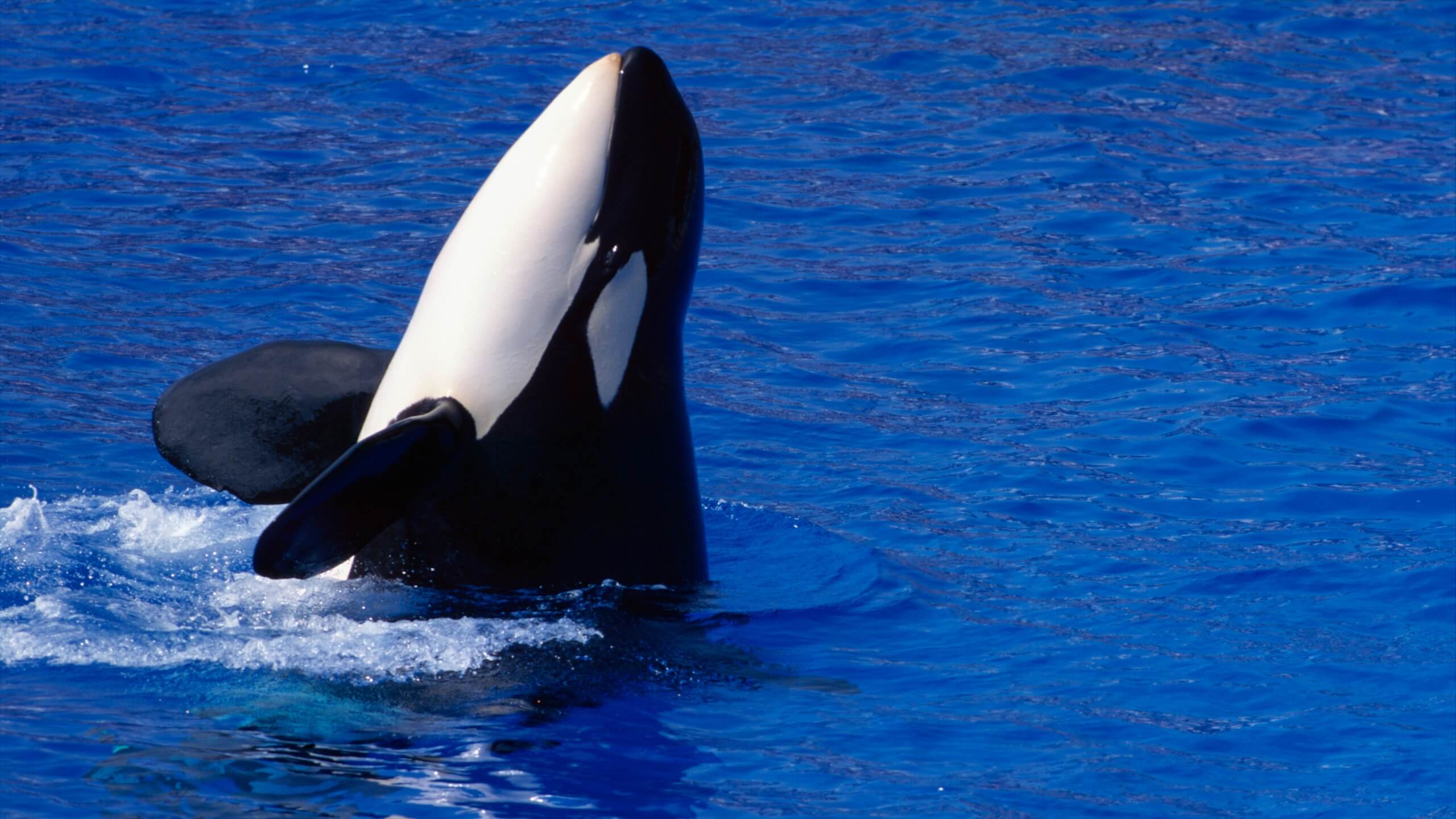
How many killer whales are left in the world?
The estimated population of killer whales includes 50,000 individuals left worldwide. Following is a detailed description of a population of killers left in the world:
Resident Population:
Resident populations are relatively stable group structures of orcas and are associated with specific regions. Southern Resident killer whales in the northeastern Pacific Ocean are estimated around 73 individuals left and the Northern Resident killer whales are estimated around 300 individuals left.
Also Read: Killer Whales population facts?
Transient Populations:
Transient killer whales are more fluid group structures and are present in various regions of the world. Over 450 individuals of transient killer whales are left.
Offshore Populations:
Offshore killer whales inhabit open waters and are left with 250-300 individuals. They consist of smaller groups.
Antarctic Populations:
Killer whales found in the Southern Ocean and around Antarctica are left with 25000 individuals and are divided into several ecotypes, including Type A, B, C, and D killer whales.
How many orcas are left in captivity?
There are around 60-80 orcas left in captivity worldwide. This number can change based on several factors including births or deaths. Capturing orcas started in the 1960s and was once banned in 1972 by the US Marine Mammal Protection Act.
A wave of capturing orcas once again hit in 2010 and since then orcas are captured worldwide for exhibition and are a popular attraction for many. However, keeping orcas in captivity is more controversial than attraction.
Because separating them from the wild and keeping them in an artificial environment is not worth it as it is causing one of the reasons for major declines in the population of orcas.
What conservation efforts and solutions are being implemented to save killer whales from extinction?
Following are the conservation efforts made so far to prevent the extinction of killer whales:
- Habitat protection.
- Establishment of marine protected areas and sanctuaries.
- Reducing pollution and controlling contaminants.
- Adopting sustainable fisheries practices to maintain prey populations.
- Mitigating climate change.
- Raising public awareness through education.
- Discouraging their captivity for entertainment purposes.


